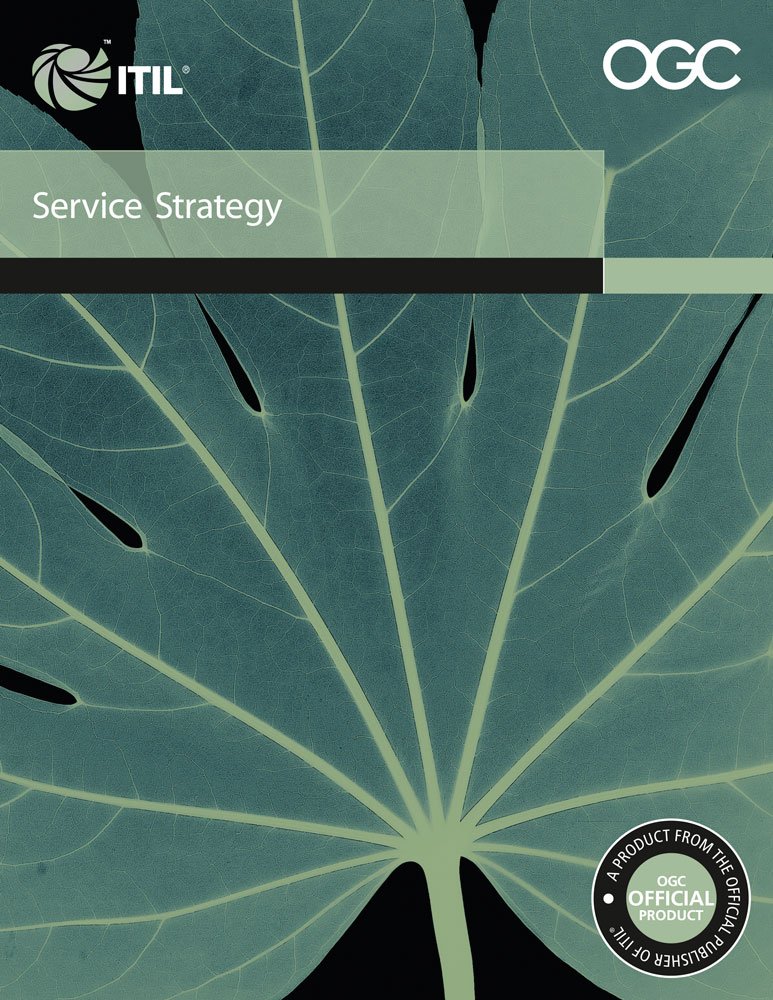ITIL® Service Strategy (SS)
You Will Learn How To:
Prepare for and pass the ITIL Service Strategy (SS) Exam.
Analyze principles, techniques and relationships to create SS.
Identify the purpose, scope and objective of each SS process.
Assess IT governance to set strategy and leverage governance frameworks and bodies.
Determine IT application opportunities.
Workshop Activities Include:
Matching service strategy terms and definitions.
Assessing a business case.
Elucidating a service provider’s capabilities when carrying out strategic assessments.
Daily review sessions of the material.
Exam practice with the official sample exams.
Important Course Information:
Pre-course reading required.
Approximately 1 hour of home study each evening.
Course tuition includes the ITIL Intermediate Qualification: Service Strategy Certification Exam, as well as overview maps that illustrate the ITIL lifecycle stages, serving to reinforce key concepts and functioning as valuable reference tools.
The ITIL Foundation Certificate is required to attend this course and take the ITIL Certification Exam on the final day.
Who Should Attend:
This course is valuable for those who want to achieve the ITIL Intermediate Qualification: Service Strategy Certificate. The ITIL Foundation Certificate is required to attend this course and to take the ITIL Intermediate Service Strategy exam on the final day.
Training Hours:
Days 1 – 3 Course Hours:
8:30 a.m. – 4:00 p.m.
Four 10-minute breaks
60-minute lunch
Day 4 Course Hours – Last Day:
8:30 a.m. – 2:30 p.m.
Two 10-minute breaks
60-minute lunch
Course Exam* 1:00 p.m. – 2:30 p.m.
Course Content:
Introduction to ITIL Intermediate Service Strategy (SS):
Core concepts
Purpose and objectives of service strategy
Scope of service strategy and value to business
Service strategy and the overall ITIL lifecycle:
Strategy concepts and practices
The context of service strategy in relation to design, transition, operation and continual service improvement
Exploring strategic perspectives, plans and positions
ITIL Service Strategy Principles
Deciding on service strategy
Defining services
Basic approach to deciding a strategy
Utilizing the four Ps of service strategy
Perspective
Position
Plan
Pattern
Strategy and opposing dynamics
Leveraging the combined use of utility and warranty
Defining and creating value
Assets: customer, service and strategic
Choosing service providers
Meeting business outcomes
Outperforming competitors
Service economics and sourcing strategies
Strategy inputs and outputs within the service lifecycle
Service Strategy Processes
Creating effective service strategies
Integrating service strategy processes
Creating value for the business
Strategy execution
Strategy and financial management for IT services
Purpose and objectives
Describing the process activities
Service portfolio management
Identifying process activities, methods and techniques
Applying value to business
Demand management
Strategies for demand management
Profiling, segmentation and service packaging strategies
Demand and customer outcomes
Business relationship management
Distinguishing triggers, inputs, outputs and interferences
Critical success factors and key performance indicators
Challenges and risks
Analyzing IT Governance
What is IT governance?
How strategy relates to governance
Setting strategy
Leveraging governance frameworks and bodies to set strategy
Implementing governance
Evaluate, direct, monitor
Producing a governance framework
Distinguishing governance bodies
Technology Considerations
Organizing for service strategy
Identifying organizational development
Applying organizational departmentalization
Deciding organizational design
Technology and service strategy
Automating service
Analyzing and producing service interfaces
Implementing Service Strategy
Developing implementation strategies that follow a lifecycle approach
Implementation through the lifecycle
Following a lifecycle approach
Critical Success Factors and Risks
Providing insight and guidance for strategic challenges, risks and critical success factors
Determining the viability of strategic positions and plans
Challenges, benefits and risks
Types of risks and high-level approaches for mitigating risk

